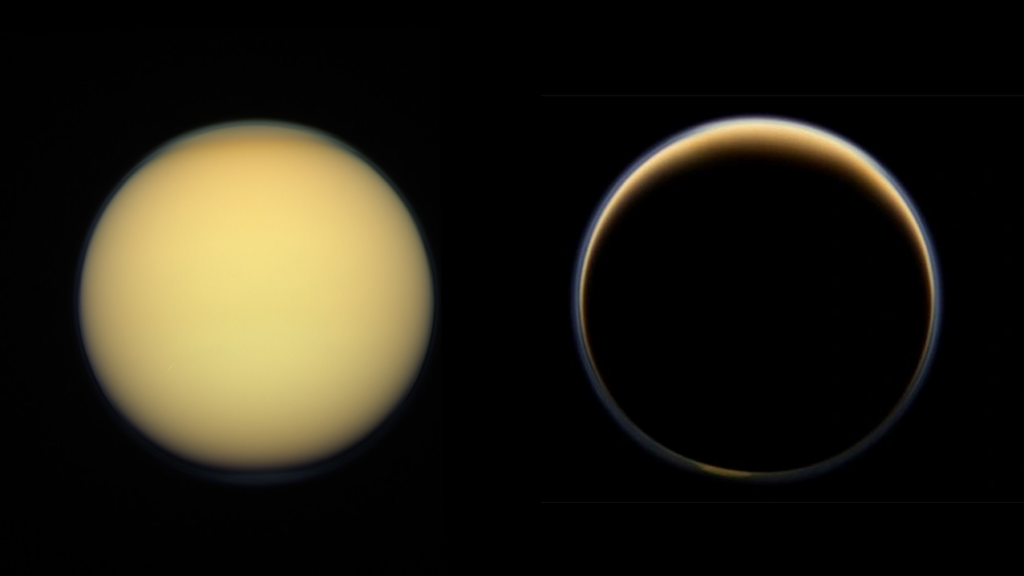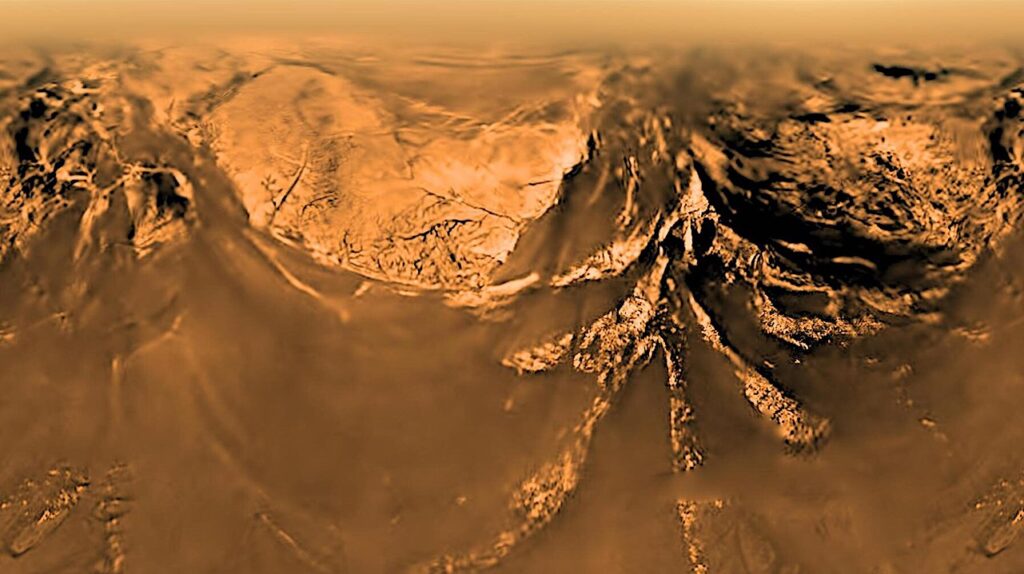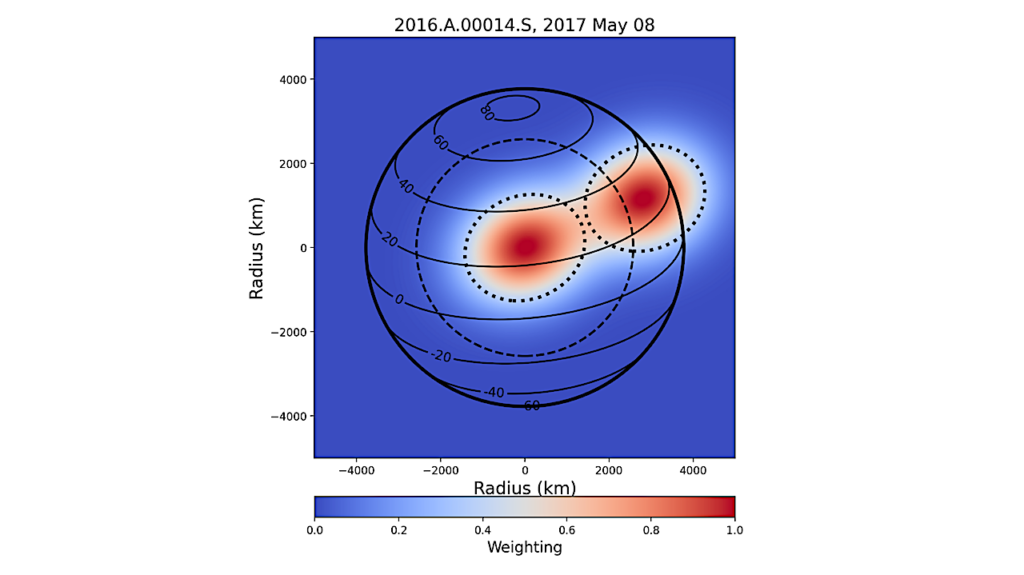Vertical Compositional Variations Of Liquid Hydrocarbons In Titan's Alkanofers

According to clues left by the Cassini mission, Titan, one of the two Solar System bodies with a hydrologic cycle, may harbor liquid hydrocarbon-based analogs of our terrestrial aquifers, referred to as “alkanofers”. On the Earth, petroleum and natural gas reservoirs show a vertical gradient in chemical composition, established over geological timescales.
In this work, we aim to investigate the conditions under which Titan’s processes could lead to similar situations. We built numerical models including barodiffusion and thermodiffusion (Soret’s effect) in N_2+CH_4+C_2H_6 liquid mixtures, which are relevant for Titan’s possible alkanofers. Our main assumption is the existence of reservoirs of liquids trapped in a porous matrix with low permeability. Due to the small size of the molecule, nitrogen seems to be more sensitive to gravity than ethane, even if the latter has a slightly larger mass.
This behavior, noticed for an isothermal crust, is reinforced by the presence of a geothermal gradient. Vertical composition gradients, formed over timescales of between a fraction of a mega-year to several tens of mega-years, are not influenced by molecular diffusion coefficients. We find that ethane does not accumulate at the bottom of the alkanofers under diffusion, leaving the question of why ethane is not observed on Titan’s surface unresolved. If the alkanofer liquid was in contact with water-ice, we checked that N_2 did not, in general, impede the clathration of C_2H_6, except in some layers. Interestingly, we found that noble gases could easily accumulate at the bottom of an alkanofer.
Daniel Cordier, David A.Bonhommeau, Tuan H. Vu, Mathieu Choukroun, Fernando Garcia-Sanchez
Comments: Molecular dynamics simulations data available at: this https URL (DOI: 10.5281/zenodo.4975047), PC-SAFT Fortran 2008 implementation can be downloaded from: this https URL and also this https URL (DOI: 10.5281/zenodo.5085305), paper in press in A&A
Subjects: Earth and Planetary Astrophysics (astro-ph.EP)
Journal reference: 2021
DOI: 10.1051/0004-6361/202140789
Cite as: arXiv:2107.06348 [astro-ph.EP] (or arXiv:2107.06348v1 [astro-ph.EP] for this version)
Submission history
From: Daniel Cordier
[v1] Tue, 13 Jul 2021 19:16:49 UTC (115 KB)
https://arxiv.org/abs/2107.06348
Astrobiology, Astrochemistry,








